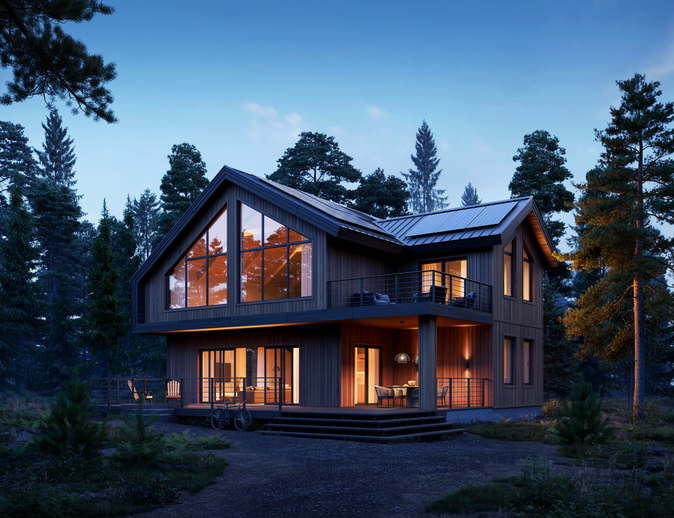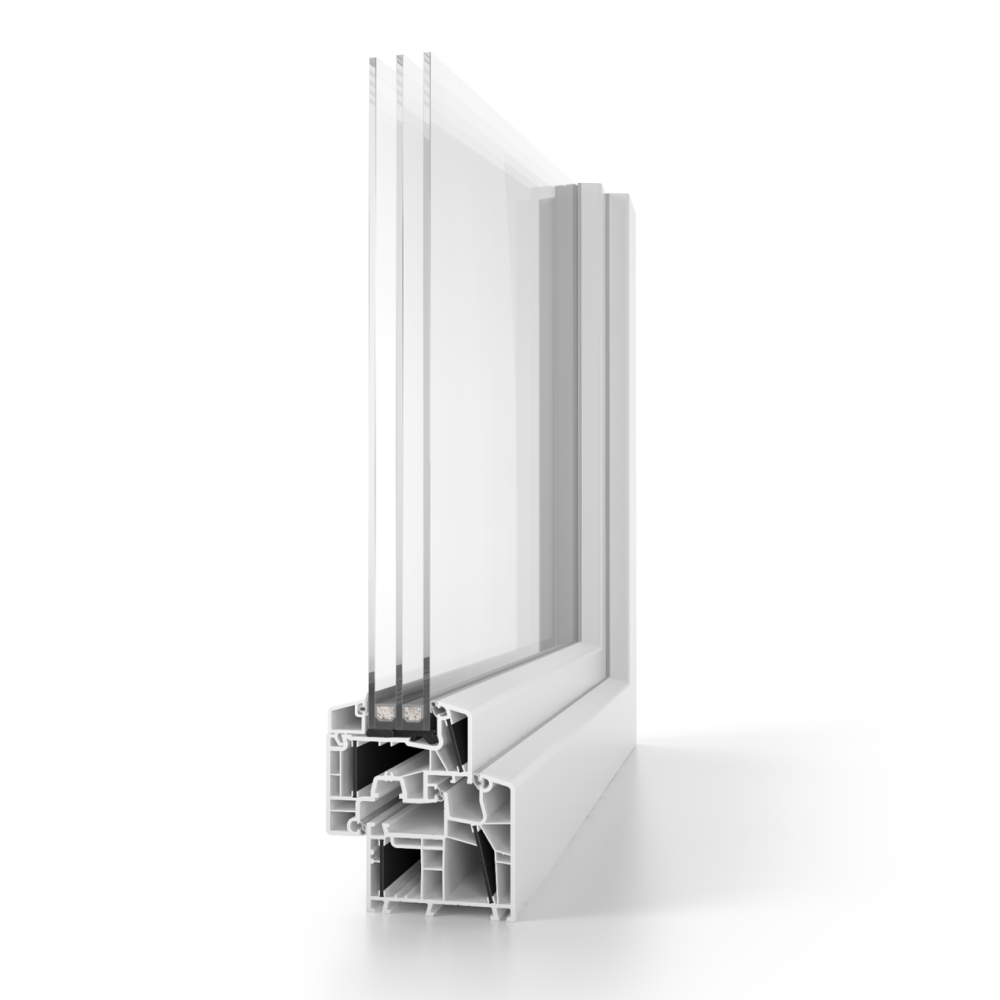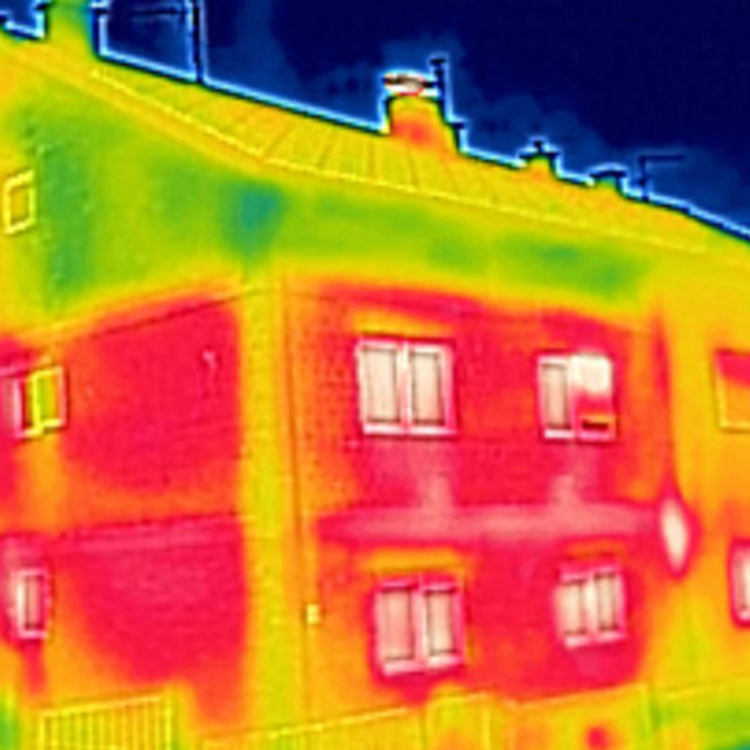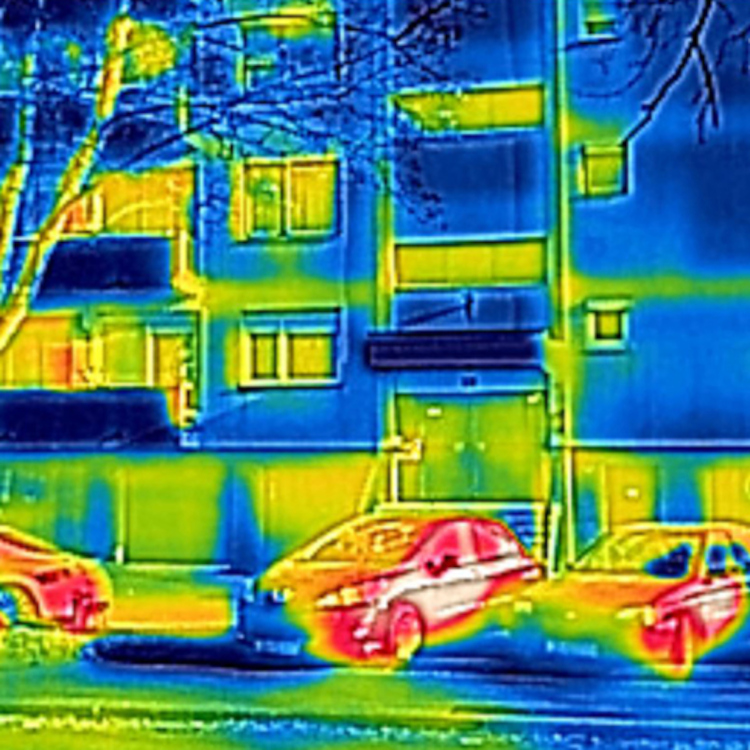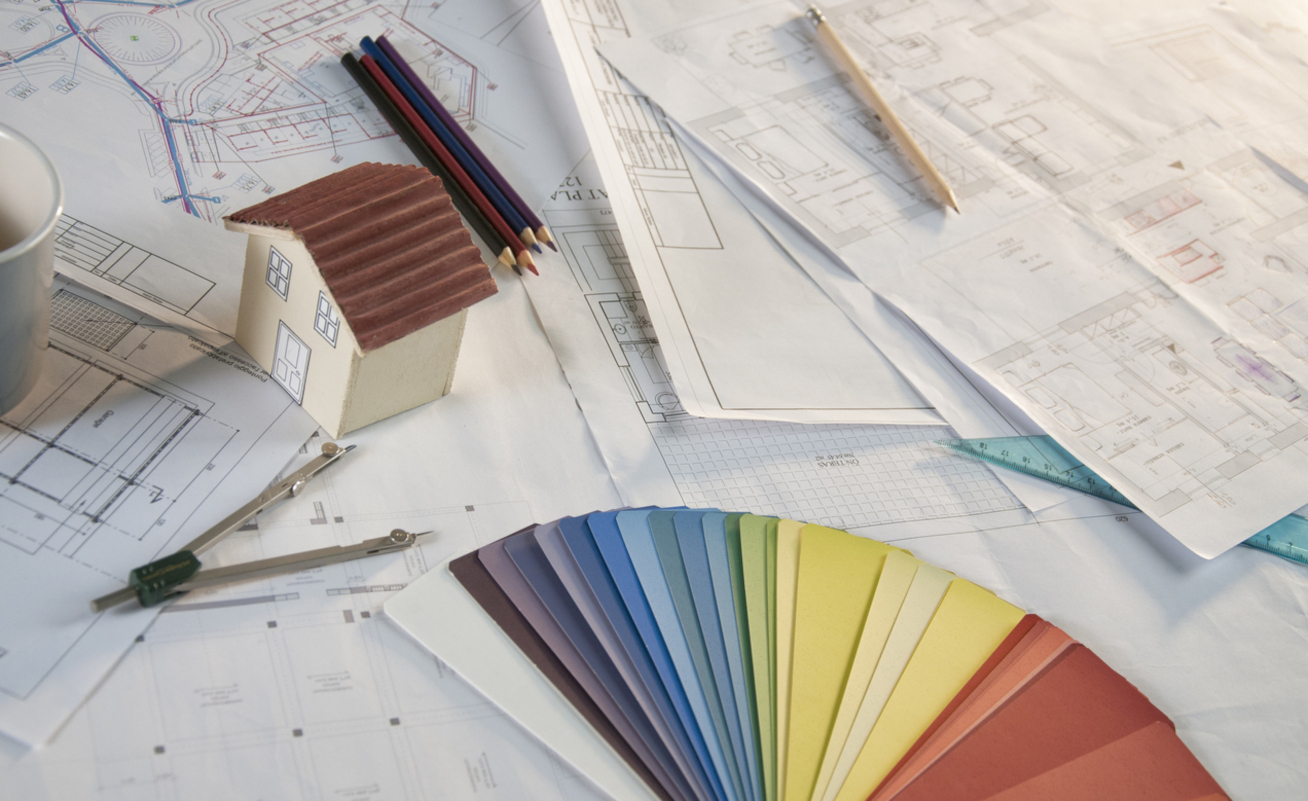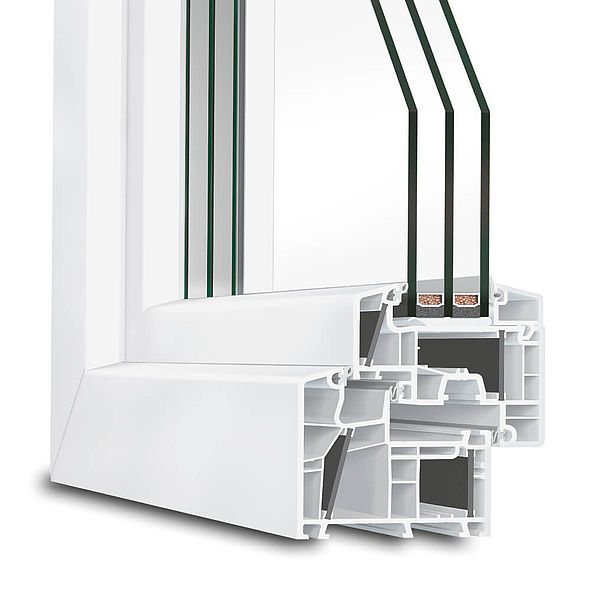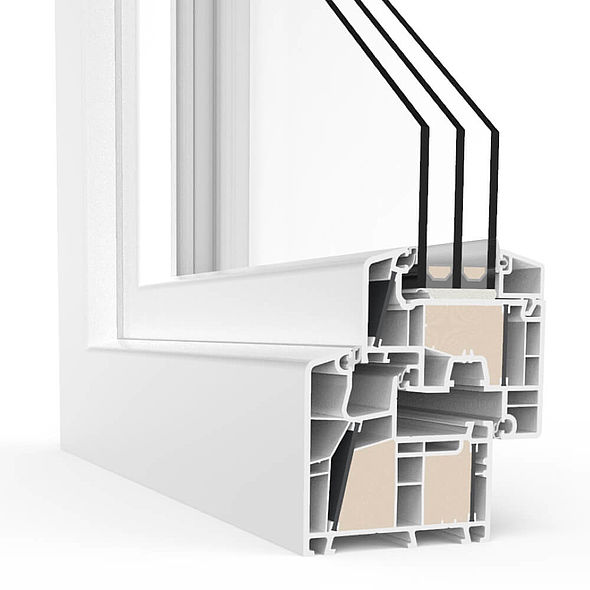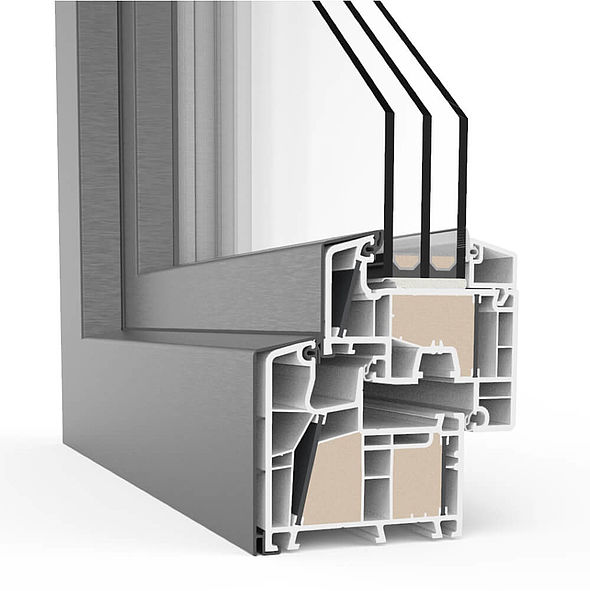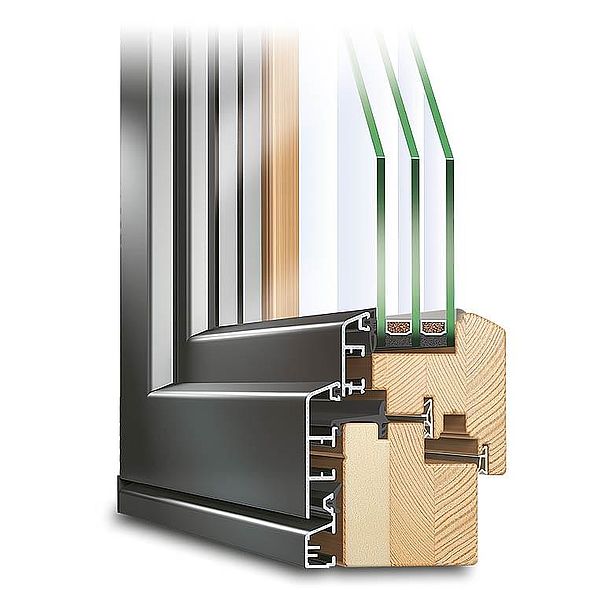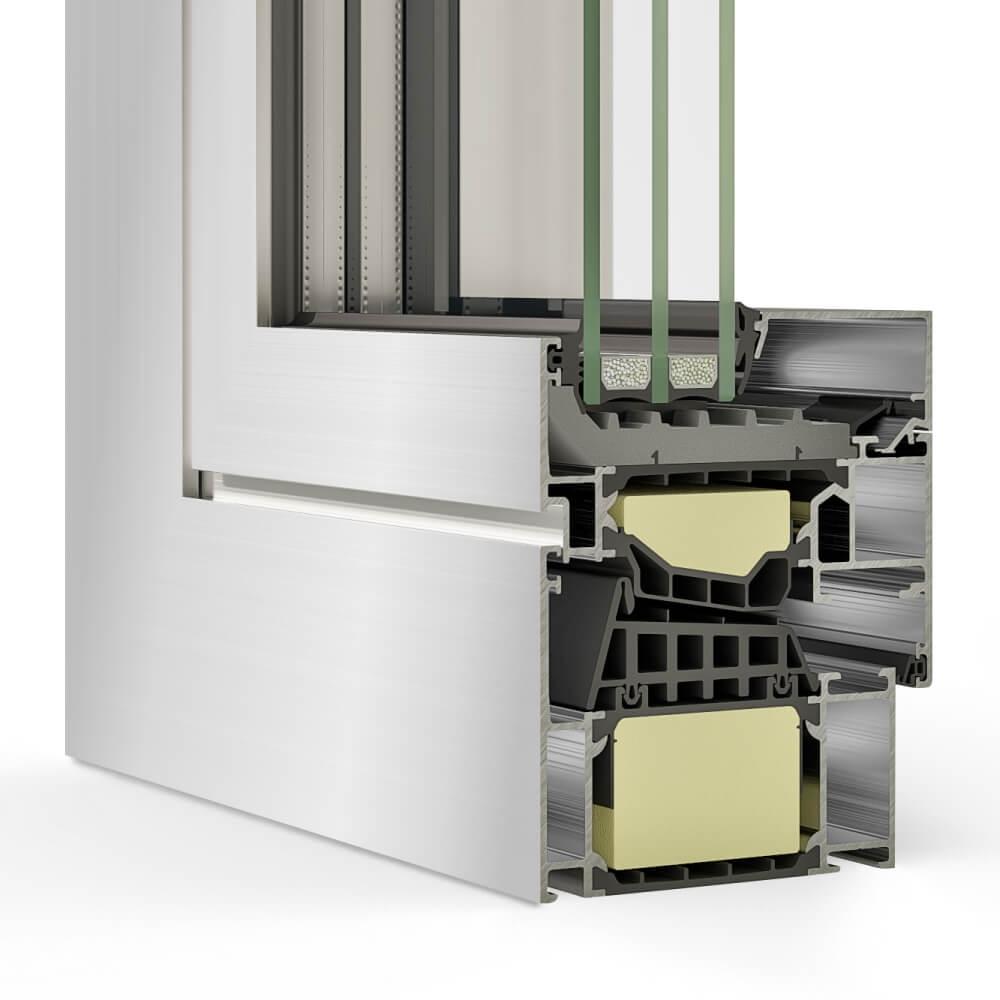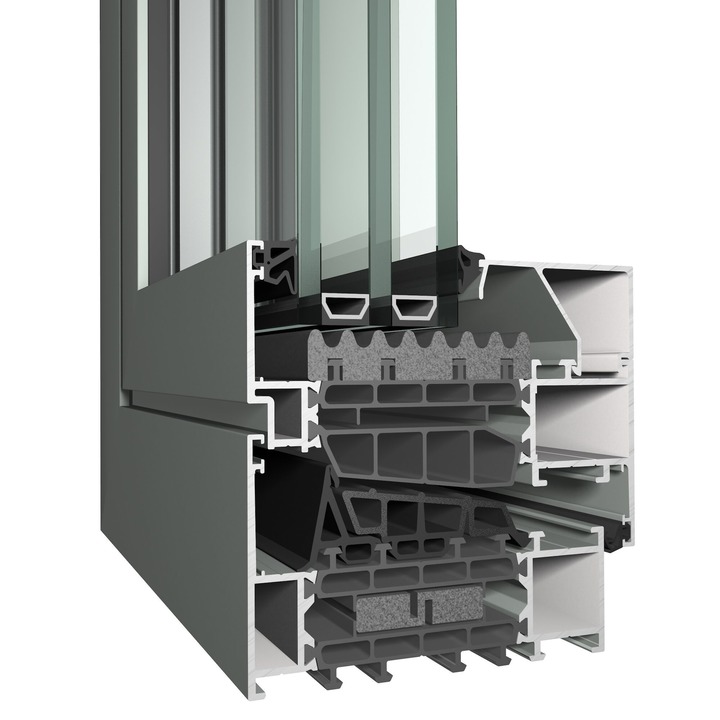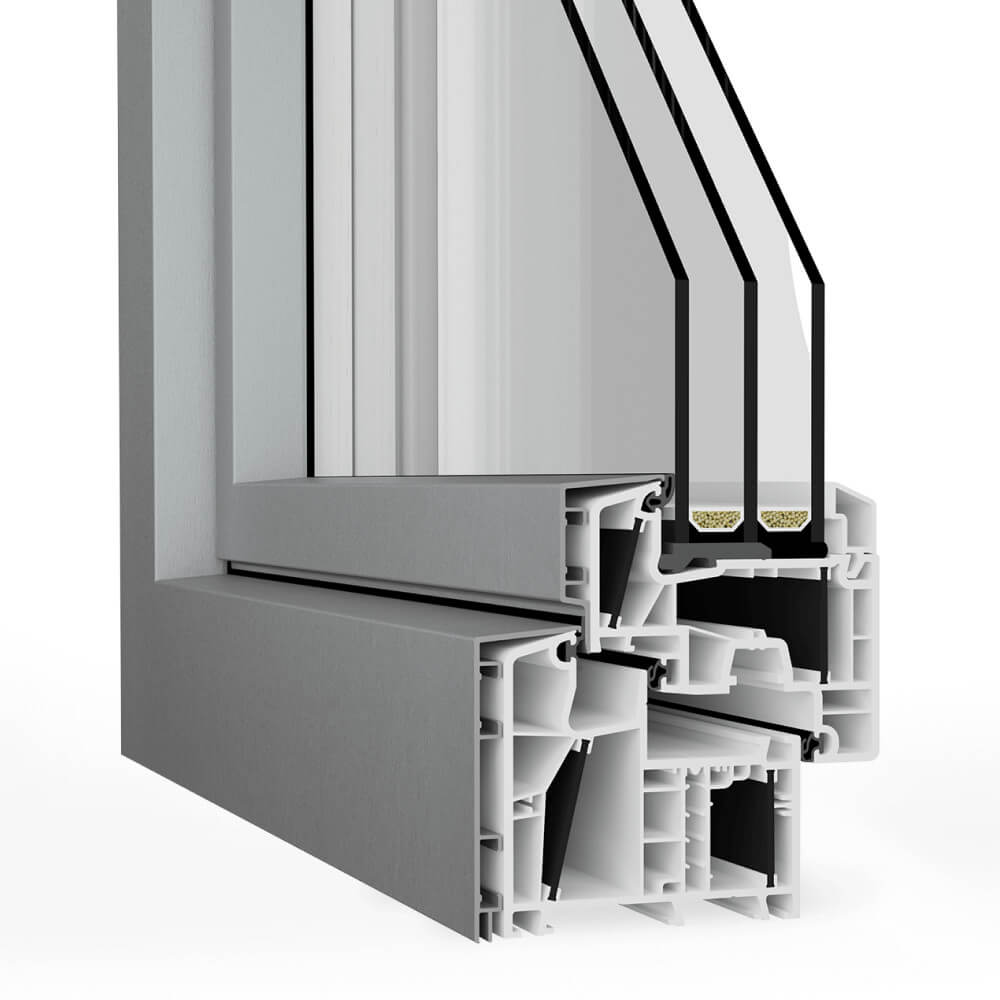What is a passive house?
Passive houses refer to highly energy-efficient buildings that meet requirements laid out by the Passive House Institute (PHI). With its origins in Germany during the 90's, the passive house movement has become an influential benchmark for energy savings and a reduced carbon footprint.
Passive houses are significantly less reliant on regular heating and cooling systems. Buildings with passive house design are rather secure constructions, remaining cool in summer and warm in winter, capable of saving up to 90% on regular energy usage.
A sophisticated fresh air ventilation system, solar technology and a heat recovery system are commonly used to achieve impressive savings, as are highly insulated windows and doors.


